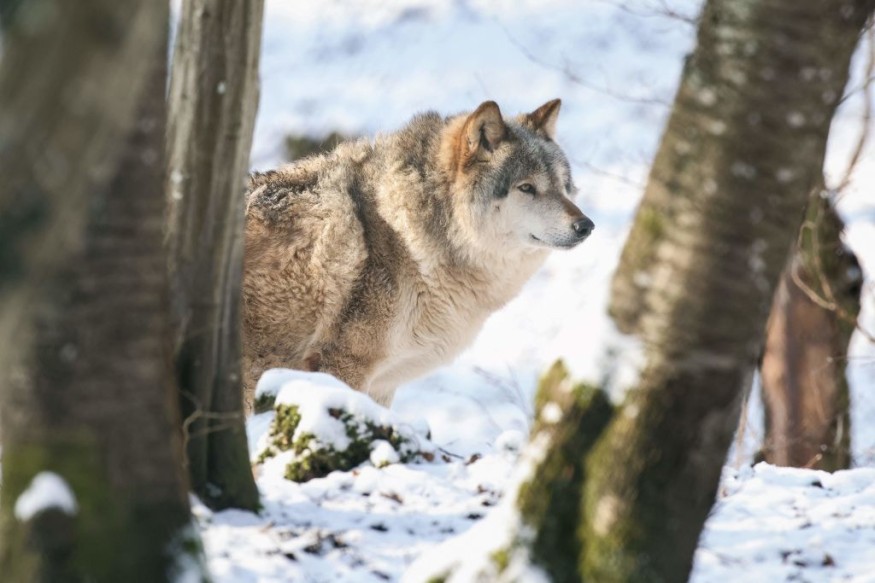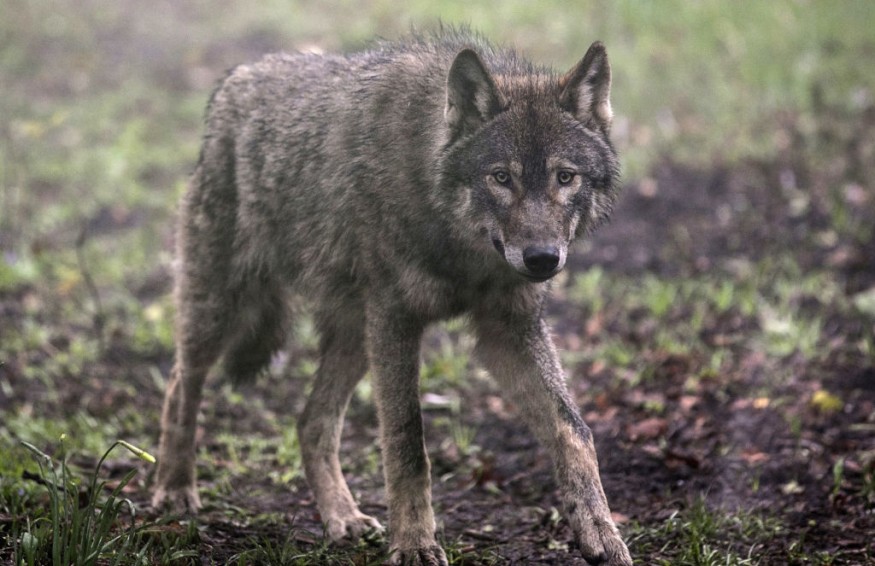Sweden's government has stated that it plans to carry out a large-scale wolf slaughter this year, potentially halving the present population of roughly 400 animals, violating EU rules.

"We observe that the wolf population is expanding every year, and we want to ensure that we can get down to the goal set by parliament with this cull," Swedish rural affairs minister Anna-Caren Sätherberg told the public broadcaster SVT.
Growing Disagreement
"We can see that the amount of disagreement has grown while the level of acceptance has decreased," Sätherberg said, adding that the government has requested the state environmental protection agency to review the population's appropriate size.
If the population was to stay sustainable and not be reduced by inbreeding, the agency had previously predicted that wolf numbers in Sweden should not fall below roughly 300, with fresh arrivals from outside the nation supplementing the population regularly.
Read also: Wolf Slaughter: Wolf Hunting Laws May Have Driven Gray Wolves Back to Endangered Species List
Swedish Wolves
In Sweden, there are about 400 wolves. The wolf is a protected species that may not be killed unless it threatens human life or property. The moose is the primary food source for the wolf.

The Swedish parliament has voted to reduce the wolf population to 170 individuals, the lowest number in the range of 170 to 270, which would allow the nation to satisfy the EU's species and habitats directive conservation standards.
After a 1789 statute permitting commoners to hunt devastated the deer and moose populations, wolves began to feed primarily on cattle, leading to a decline in wolf numbers in Sweden. By the mid-nineteenth century, they had gone from the south and were thought to be extinct.
Three wolves from the Russian-Finnish population relocated to southern Sweden in the 1980s, establishing a new Swedish-Norwegian population of roughly 480 animals in 40-odd packs. The great majority of which are found in central Sweden.
While Sweden must satisfy its EU duties on safeguarding endangered animals, Sätherberg said she also backed individuals "who live where wolves exist, who suffer social anxiety, and those who have cattle and have been harmed."
According to conservationists, a population of 300 is the absolute minimum, although Sweden's ecosystem could easily sustain a population of 1,000. They accuse the government of caving into the powerful hunting lobby in the nation, which claims that wolves prey on moose and pose a threat to hunters' dogs.
The WWF is opposed to a significant cull, according to Benny Gäfwert, a predator specialist, and parliament's figure of 170 is "not founded on any scientific data."
"Unexpected things can happen in wild populations," he told SVT. "A level of 170 is way too low." "We have a genetics problem with wolves, and the smaller the wolf population, the greater the influence of genetic status variations."
Other Nordic Countries Doing the Same
This winter, Finland will join Sweden and Norway in slaughtering wolves to limit their numbers, despite conservation organizations urging the European Union to intervene.
In Sweden, hunters have already killed most of their yearly goal of 27 wolves, while Finland is planning to kill 20 wolves in its first "population control cull" in seven years.
Norway will kill nearly 60% of its wolves this winter - 51 animals - to keep its wolf population to a maximum of three breeding pairs, with animals living between Sweden and Norway confined to four to six breeding pairs.
Conservationists accuse Nordic countries of creating the most unfavorable environment for wolves in Western Europe and breaking EU legislation protecting the animal, which has made a recovery in recent years but is still endangered in many countries.
Related Article : A Third of Wisconsin's Wild Wolves Killed in 60 Hours After Being Removed From Endangered List
For the most recent news about animal conservation, don't forget to follow Nature World News!
© 2025 NatureWorldNews.com All rights reserved. Do not reproduce without permission.





